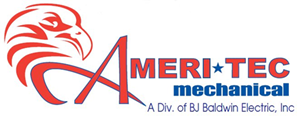A lot of homeowners only call for air conditioning repair when their system breaks down. However, the reality is your air conditioner will often show signs of trouble before a total breakdown that results in new AC installation. Noticing early problems and calling the experts at Ameri-Tec to handle issues early can save you from the hassle and expense of a full AC system breakdown. More important, it can prevent the hot and sweaty conditions created by having your AC break down when it’s scorching hot outside.
When you call us, our team of skilled HVAC technicians will identify the problem, fix the problem and get your system running again. We have years of experience and provide high-quality, cost-effective AC service for local homeowners.
Why put off calling the pros until your cooling system quits? Skip all that hassle by calling 717-479-4950 today to schedule AC repair in Narvon, PA, from Ameri-Tec.
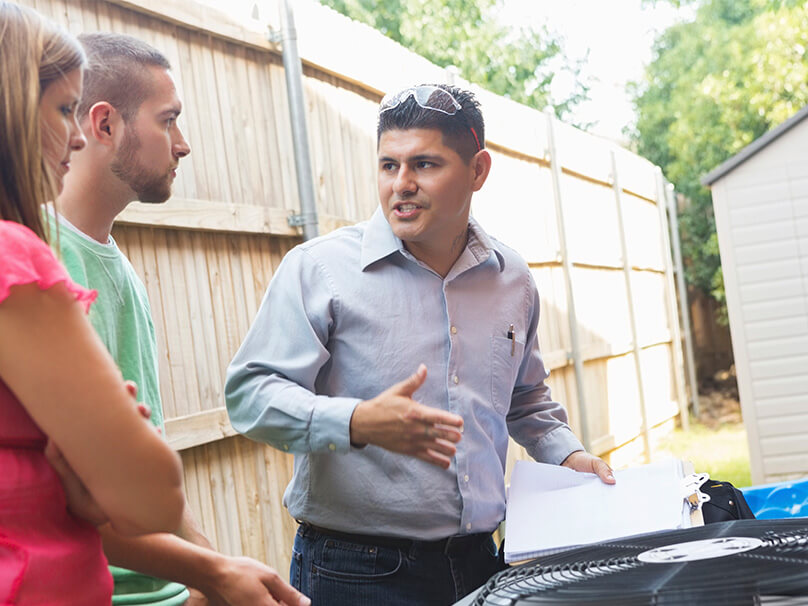
Warnings Signs You Need AC Repair
What are the signs your air conditioner needs repair? From strange odors to warm air coming from the vents, there are many symptoms that your cooling system has is malfunctioning and needs attention or service.
Here are some warning signs that trouble may be developing and it’s time to call an HVAC technician from Ameri-Tec:
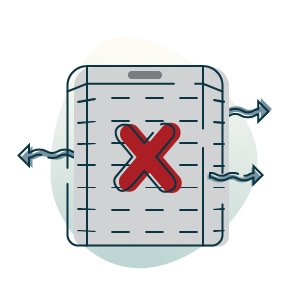
AC won’t blow cold air
If heated air is coming from your AC unit instead of cool air, or if the air isn’t as cool as normal, it’s a good idea to call us for professional cooling service.
Air conditioning keeps turning on and off
If your AC system starts and stops instead of maintaining steady operation, it could be a warning of potential issues and should be inspected by one of our certified HVAC technicians.
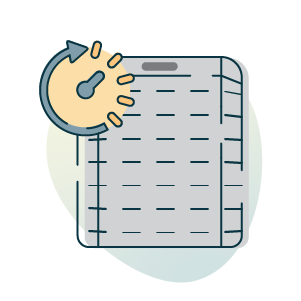
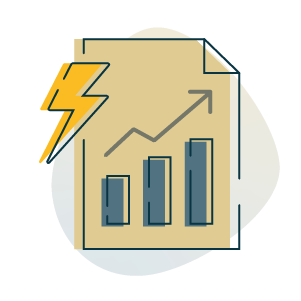
Cooling bills increase for seemingly no reason
A sharp increase in your energy bills can be a sign your AC unit is not running efficiently, which means it uses more energy to keep your space comfortable and needs AC maintenance or repair.
Strange smells are coming from your AC
Air conditioners shouldn’t produce odors. Weird smells coming from your air conditioner should be inspected by an HVAC technician, as they can be a symptom of trouble like mold, mildew or even electrical issues.
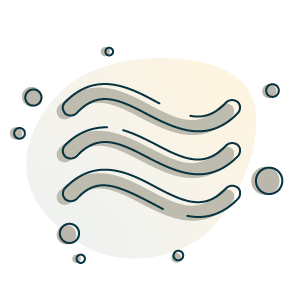
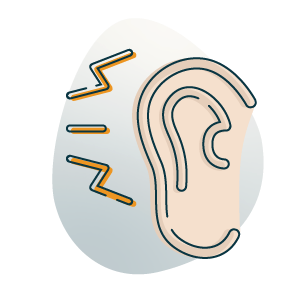
Loud sounds coming from your AC
If you hear odd noises when your air conditioner is running — clanking, scraping or screeching, to name just a few — it’s important to call for professional HVAC service to find out what’s wrong.
Request Pro Air Conditioner Repair Now
When you require air conditioning service quickly, contact the HVAC repair experts at Ameri-Tec at 717-479-4950. We’ll quickly identify the problem when your equipment won’t work or provide enough chilled air.
